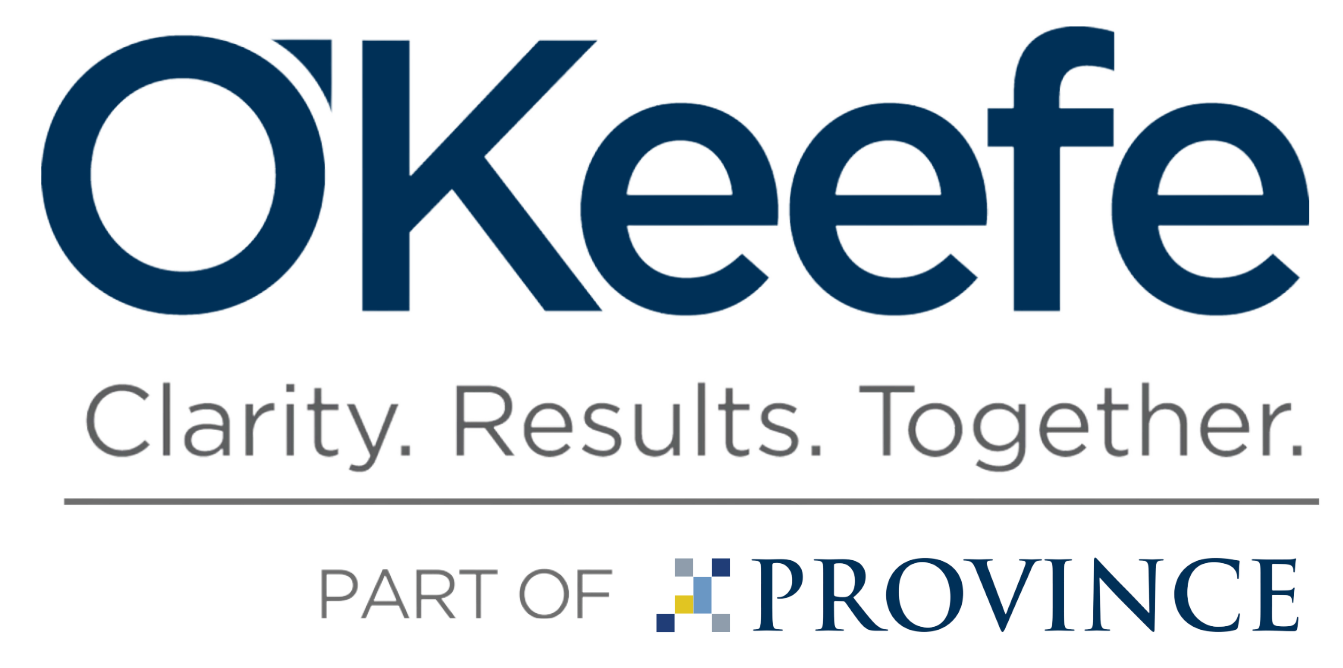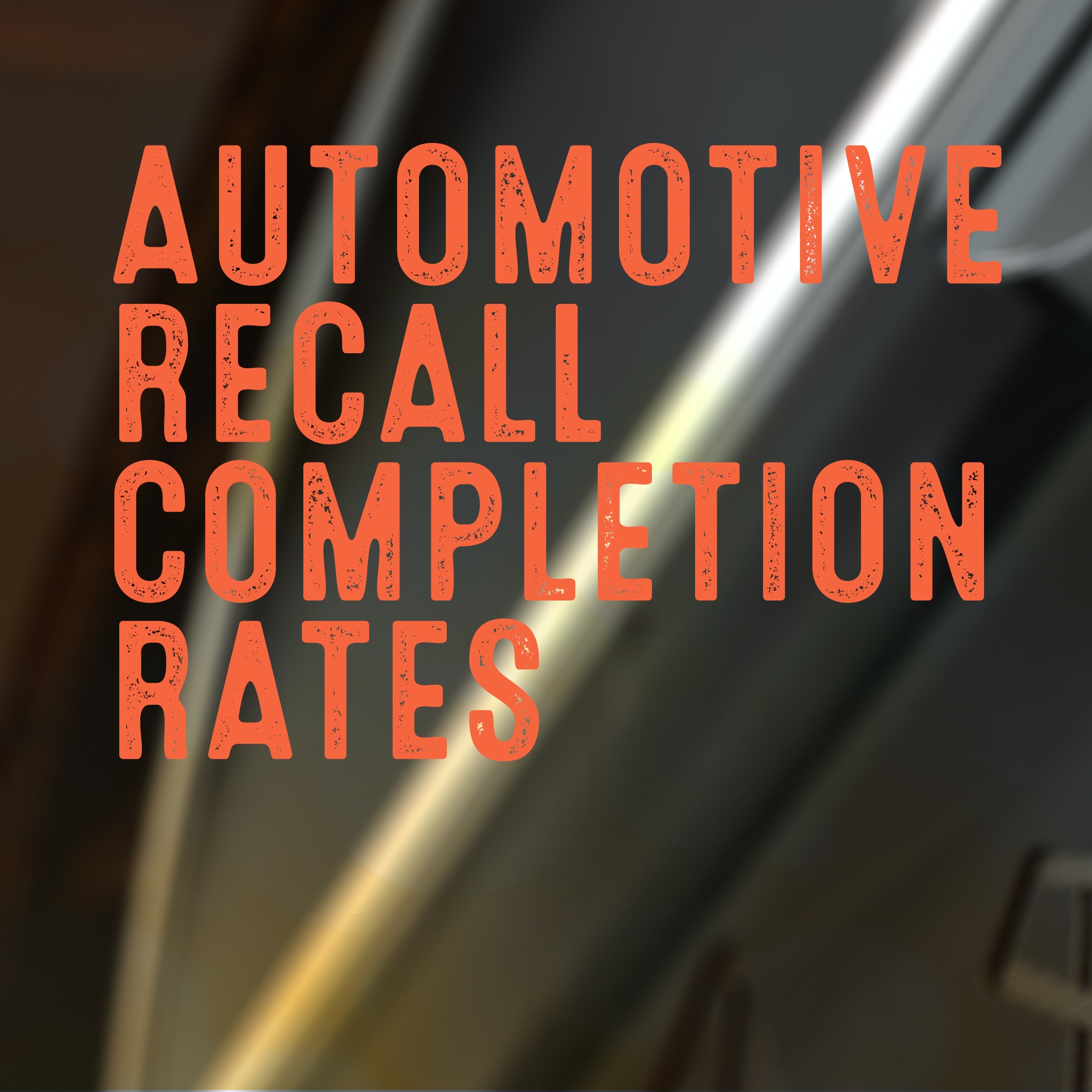Automotive Recall Completion Rates
By Dr. Andrew Malec, Partner and Managing Director
Nowadays, it seems that you cannot listen to the news without hearing about an automotive safety recall. An automotive safety recall is when an automotive manufacturer requests that the vehicle owner bring the car in for service to fix a part defect that is deemed a safety issue.
For automotive suppliers, a safety recall is a very costly event. This is because the Original Equipment Manufacturer (“OEM”) pushes down the cost of the recall action to the automotive supplier. The monetary demand asserted by an OEM to the automotive supplier is dependent upon the number of vehicles expected to be repaired. The number of vehicles expected to be repaired is estimated based on forecasts of “the completion rate.” The completion rate is simply the percentage of vehicles in the population expected to be repaired. It is important that this number is well supported and substantiated. The estimated completion rate requires an economic analysis of many variables that influence the expected number of vehicles to be repaired.
Economists have hypothesized that several variables affect the completion rate.* These variables include (1) age of the vehicle; (2) size of the recall campaign; (3) severity of the failed component; (4) number of automobile dealerships; and (5) news announcements. Owners of older vehicles are expected to respond less to a recall notice than owners of newer vehicles because owners of newer vehicles are more likely to bundle recall repairs with service warranty work and other regularly scheduled maintenance trips to the dealer. Further, the older the vehicle, the less likely that the current owner is the original owner. As such, older vehicles are expected to have lower completion rates than newer vehicles.
Size of the recall campaign is also expected to negatively impact the completion rate. Larger sized campaigns are expected to produce lower completion rates than smaller sized campaigns because smaller campaigns are targeted to vehicle owners who are more likely to have been impacted by the issue. In a larger campaign, there is a greater probability that the vehicle owner may not have been impacted by the issue and therefore sees the repair as less of a priority.
Severity of the failed component is also a factor in having a positive impact on the completion rate. That is, vehicle owners are more likely to get their vehicle fixed when the nature of the recall is severe, as opposed to non-severe, component failures (e.g., seat belts, windshield wipers, etc.). Also, the greater the number of dealerships, the lower the transaction cost for the consumer in responding to a recall notice. As such, in theory, the number of dealerships positively impacts the completion rate.
Finally, manufacturers are required by statute to notify owners of recalled vehicles and make repairs at no charge. However, there is no statutory requirement that the general public be notified. Theoretically, such announcements could reinforce written notification and encourage owner compliance. It is expected that public announcements of recall campaigns positively impact the completion rate.
As described above, it is hypothesized that various variables impact the completion rate on a recall campaign. Since the facts and circumstances of any given recall campaign may produce results different from expected economic impacts, a thoughtful economic analysis must be conducted to determine the demand drivers affecting the completion rate for the specific recall action.
Analyzing the variables that influence the completion rate on a recall action is a very powerful tool in establishing the parameters for settlement, as well as easing the financial burden of settlement.
*Hofer, George E., Stephen W. Pruitt, and Robert J. Reilly (1994), “When Recalls Matter: Factors Affecting Owner Response to Automotive Recalls,” The Journal of Consumer Affairs, volume 28, 96-106.
Rupp, Nicholas G. and Curtis Taylor (2002), “Who Initiates Recalls and Who Cares? Evidence from the Automobile Industry,” The Journal of Industrial Economics, Vol. L No. 2 (June), 123-149.


